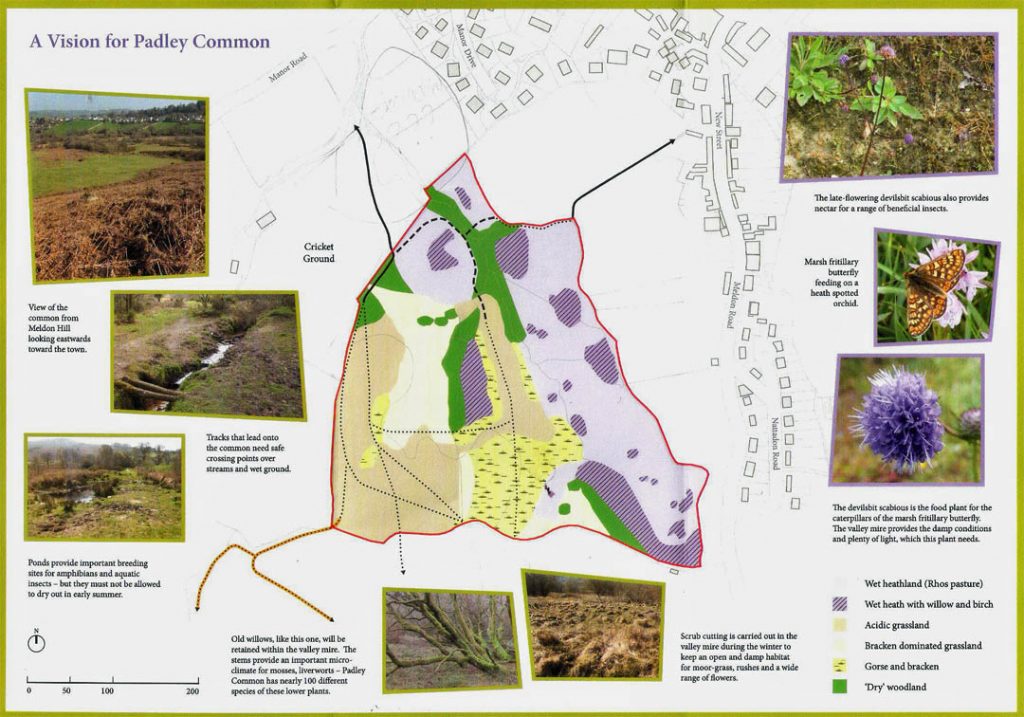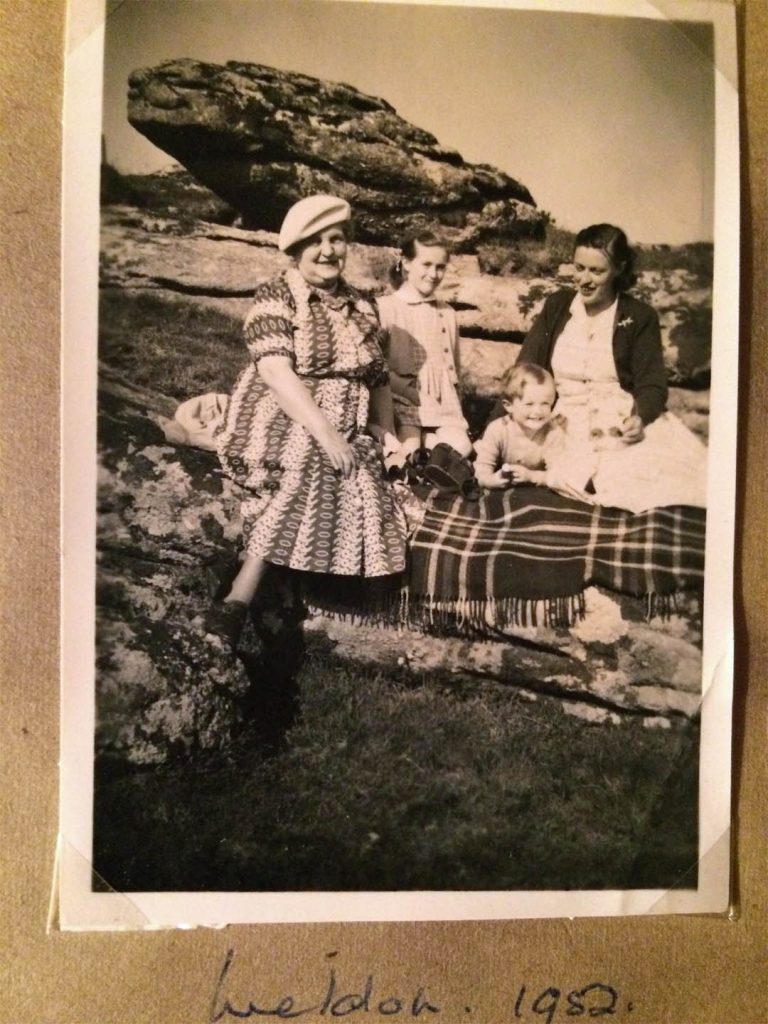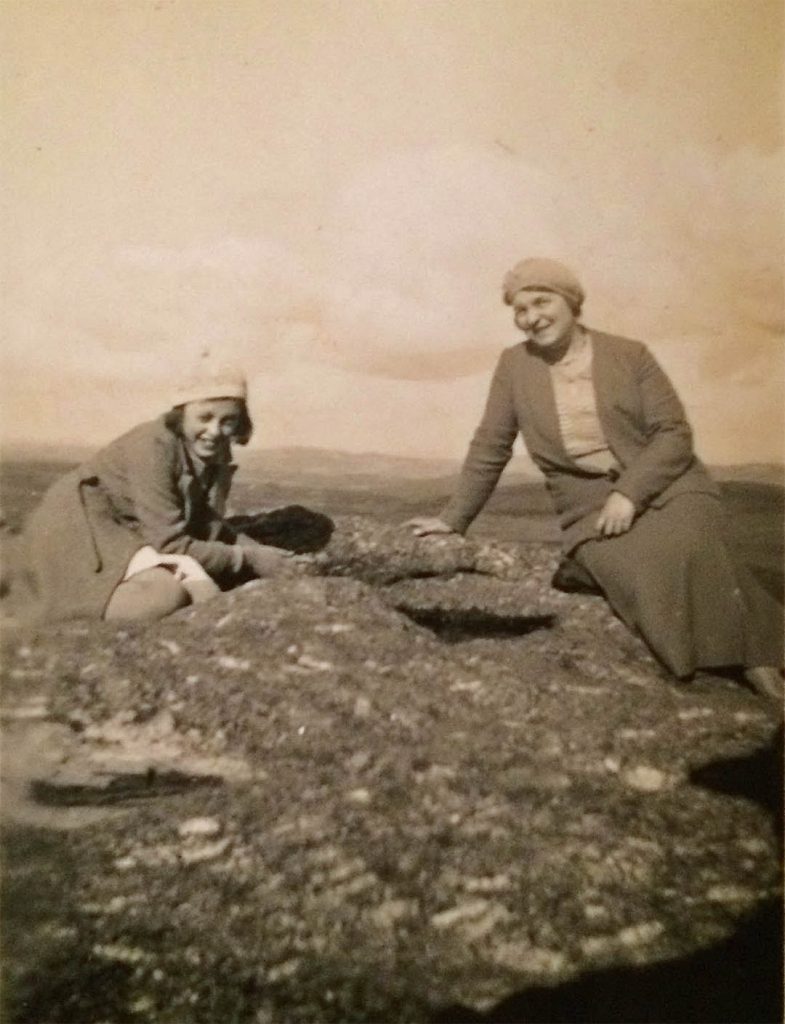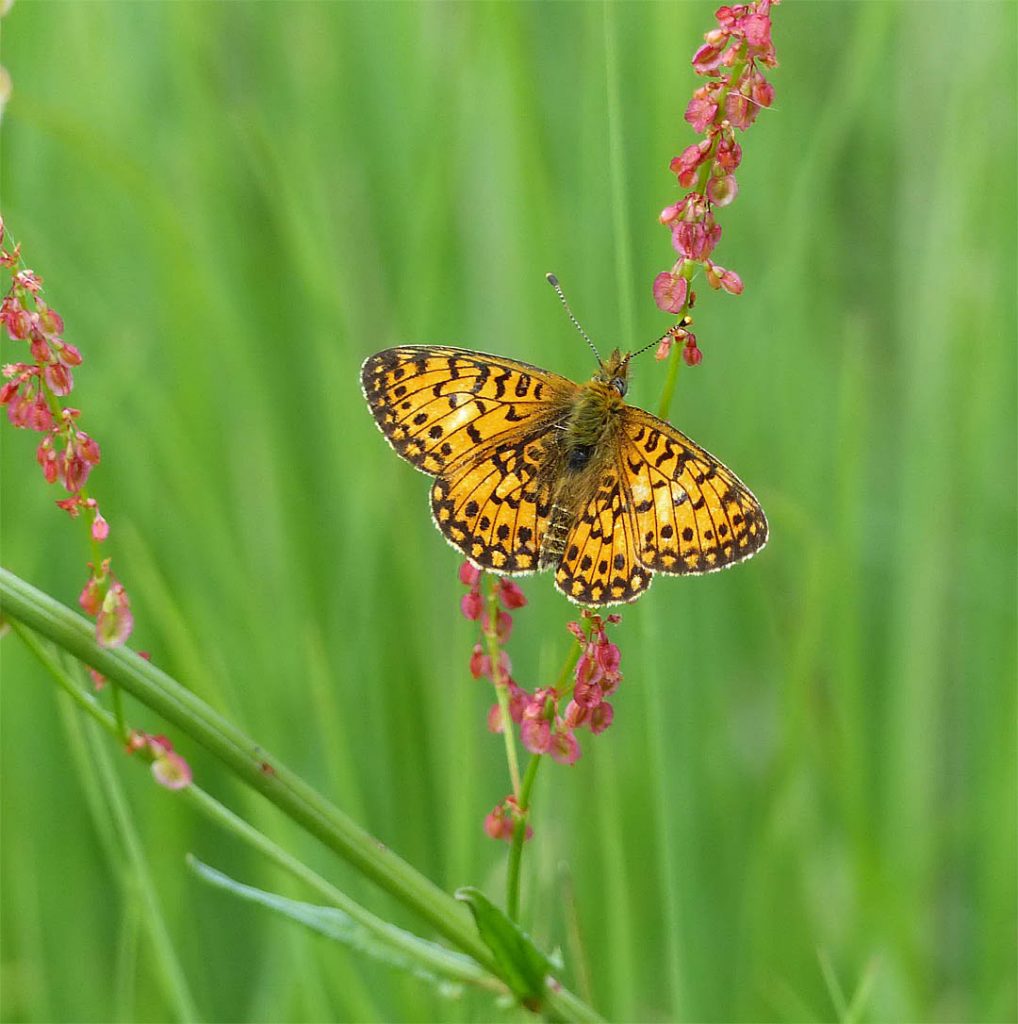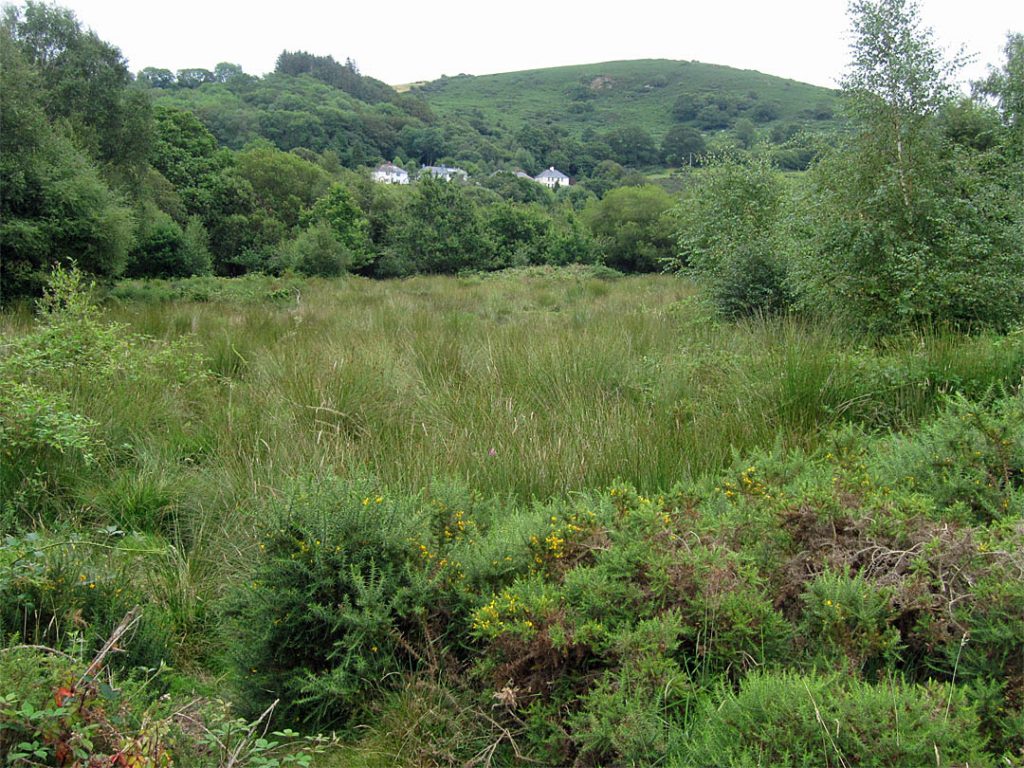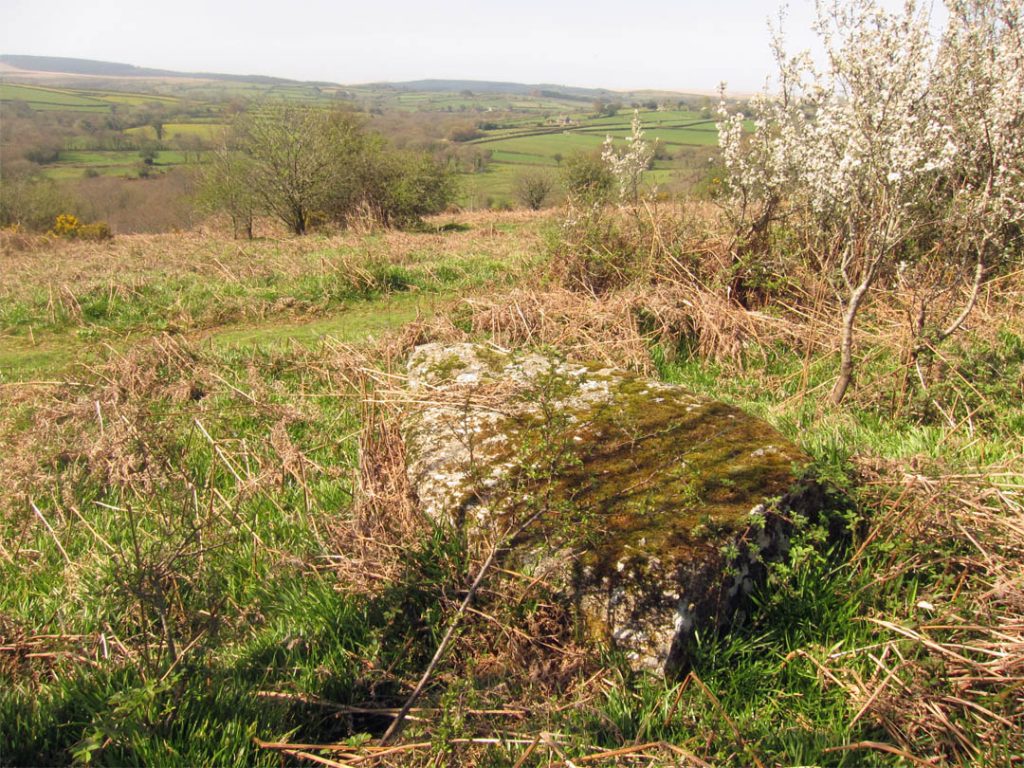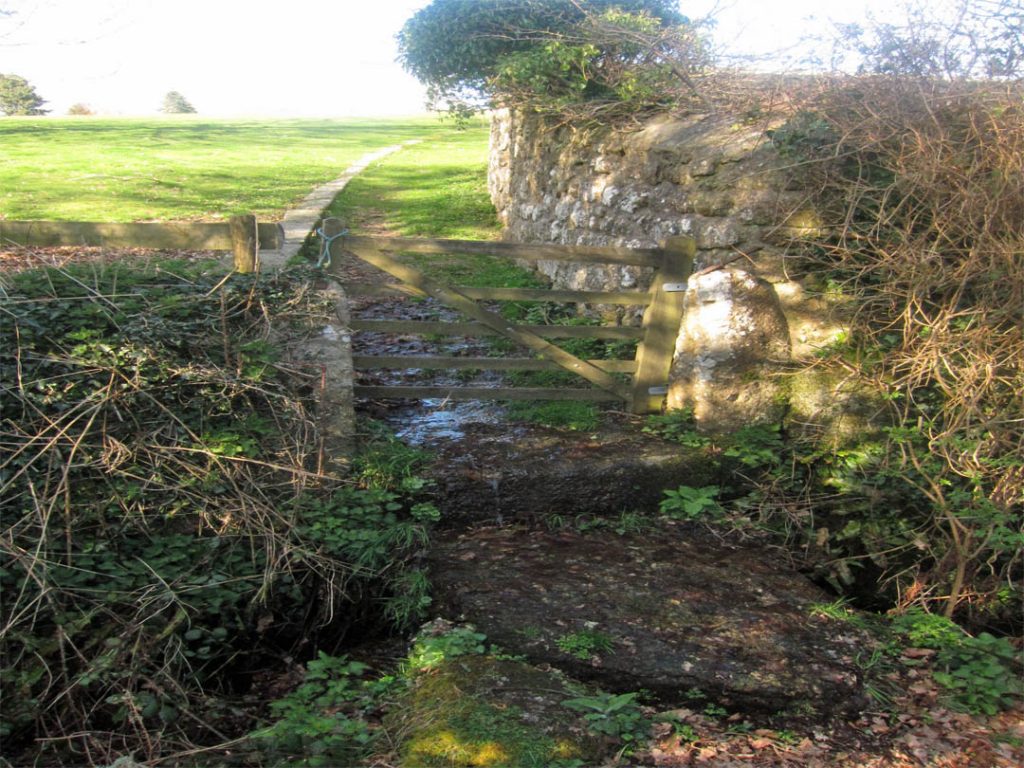We know that the commons of Chagford were important not just for the central place they had in upland farming, but also the household economy of ordinary people. Turves or gorse for fuel, bracken for animal bedding, grazing for a few geese or ducks and the household pig, sheep or pony, wood and gravel for household repairs: all these made subsistence more possible.
While the commons are still used and managed by farmers, the needs of householders have changed, with increased affluence and the vast array of consumer goods available. Increasingly as the 20th century drew on the great value of the moors and open spaces became the quality of that open space: solitude and beauty, the opportunity to have nature close to us and where we can roam freely.
These qualities fed the appeal of Dartmoor as a tourist attraction from the second half of the 19th century onwards.
So the commons of Chagford, like the rest of Dartmoor, became increasingly cherished by hikers and dog walkers, enthusiasts for prehistory and industrial archaeology, runners and botanists, searchers for earth’s mysteries, rewilders and artists, historians and wild swimmers….and many more.
And in this varied mix one thing is certain: there are many views on how the commons should be managed.
What use are our commons?
While the practices described in the accounts below from the 1980s were certainly somewhat out of date at the time, they point to a way of living and coping that must have been part of the normal way of life for many Chagford people for hundreds of years.
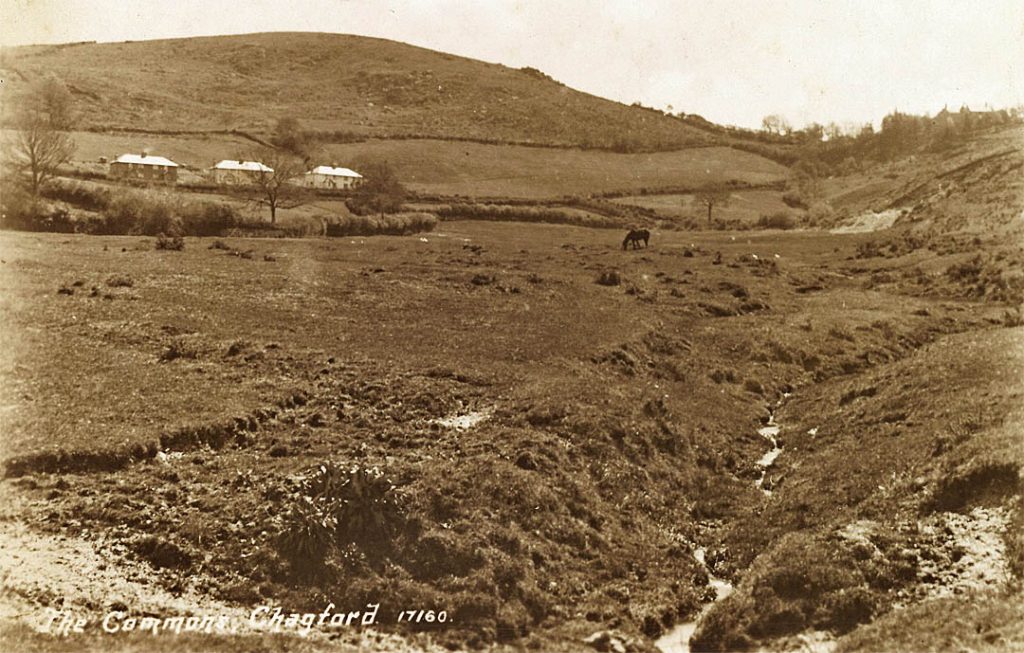
…oral evidence in support of rights…of turbary, estovers and to graze two ponies and 12 ducks….Her family had lived in Chagford for at least 280 years…There had always been an understanding handed down to her that they had rights of turbary and estovers on Chagford, Meldon, Padley and Nattadon Commons. Her family, previously, her father and now her husband, had regularly cut ferns and rushes on these commons. This right has been enjoyed unhindered for over 50 years. As to rushes and fern her father had them for bedding for poultry and clamping potatoes; her husband for potatoes and dahlia tubers.
[My] father “took turbary and estover and I have carried on where he left off. I first grazed ponies in Padley in 1932 and my ponies are grazing there still. I take bracken for the garden, rushes to cover my potato clam, bean sticks for the garden and I expect I am one of the few who still cut vags (peat) on the common land for fuel.”
From oral testimonies to support applications for common rights, recorded at the Commissioner’s enquiry, 1985.
Special places
In contrast to those views of the commons as a practical resource this account from 2019 speaks of an emotional and spiritual attachment to a particular place on Nattadon:
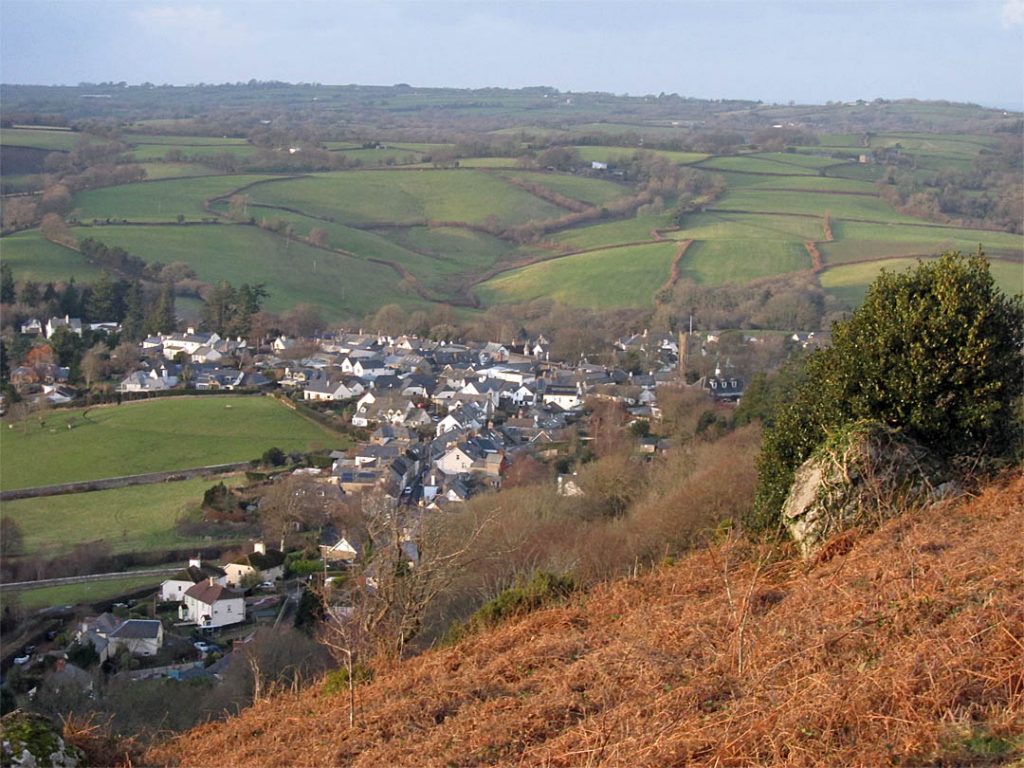
Chagford’s many special places.
I know there are others in the village who enjoy a sit on what we call Lovers’ Rock to sit and reflect, watch the sun set or just to admire the view….
I know it’s not just my special place. It’s a big lump of granite which has been freeze thawed into two …So the premise for calling it Lovers’ Rock – is that it was once one, is now two rocks – together but separate – but joined ….
We [she and her husband] held our ‘handfasting’ ceremony there – a very old pagan ritual to bind the partners for a year and a day – to make commitments and vows – which we review each year and renew them….
Anyway, Lovers Rock is the place I go to, to reflect and think. When I have been away from Chagford, hiking up Nattadon and sitting on the rock helps me to feel properly back – landed.
For children of any period Chagford’s common lands have been a natural playground, and in this touching story a link to a special place lasting many years of absence:
I grew up in Chagford living in New Street from 1954 to 1968. As children we [he and his sister] could climb over the garden wall across a field or two and be on the common. Between the football field and what eventually became the cricket pitch we had three swings, a seesaw and an overgrown sand pit…..
The main part of the common sported one iron seat next to what we were always told was a bomb crater that we would play in. The journey onto the common from Ore Hill was dodgy with very boggy terrain, losing a shoe was not unknown if one wasn’t mindful of where to walk….
Sadly Helen [his sister] died in 2000. She moved to London from Crediton five years after me. Her ashes were brought back to Chagford and scattered on Dancing Rock on Nattadon.
